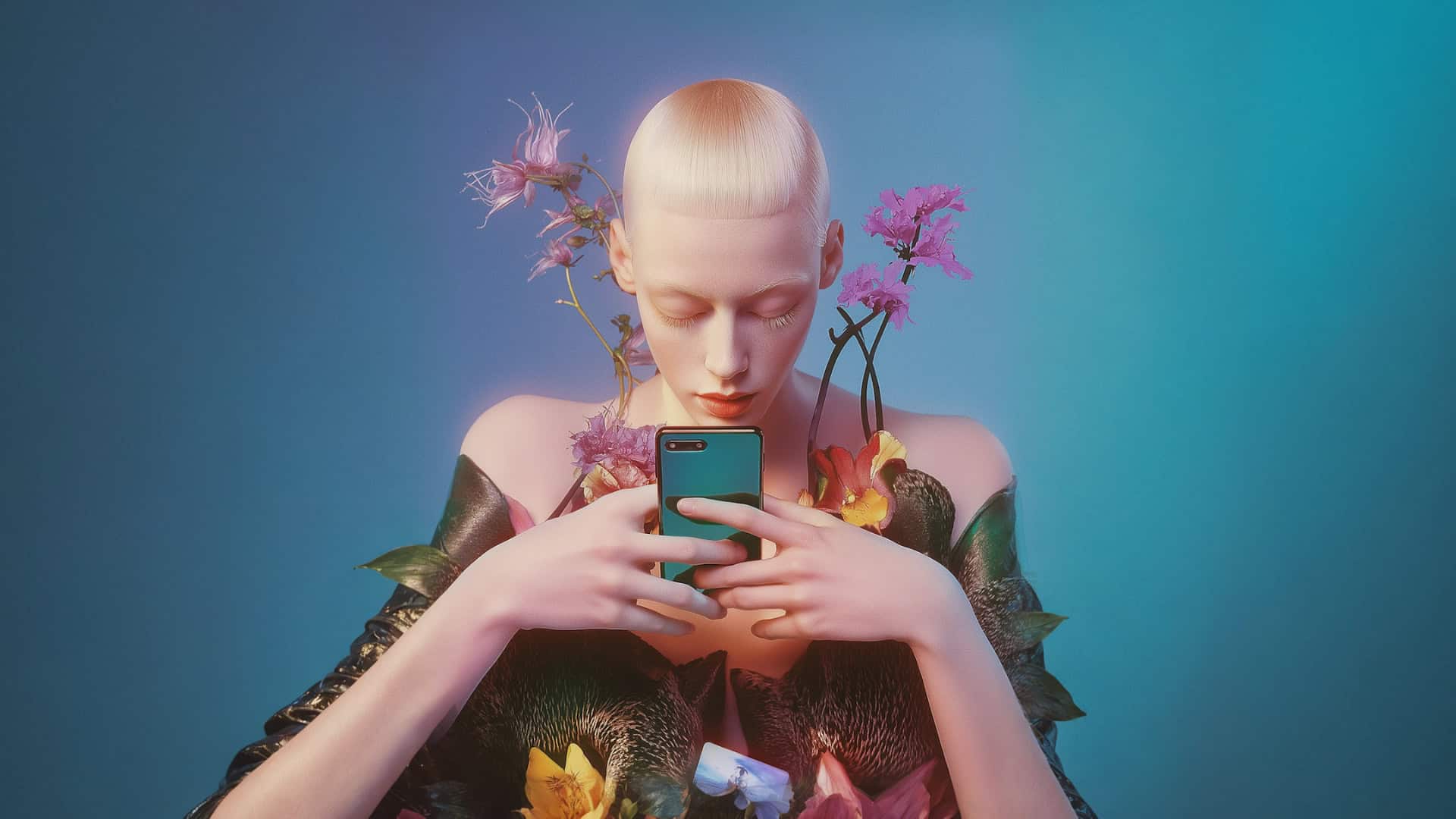
Cultural Intelligence Is Not Optional: What Brands Can Learn From Social Media Backfire
Social media moves fast. New formats, new trends, and new ways of speaking appear overnight. So it’s no surprise that brands feel they have to keep up, stay visible, and prove they can remain relevant in a world that changes by the second. But in that rush to be part of what’s happening, many brands jump into ideas that simply don’t work. They may sound good in the boardroom, but they lack the cultural intelligence required to prevent them from collapsing the second they hit the feed.
These moments crop up every year. Different brands, different industries, same problem. The intention is usually good, but the execution usually leaves a lot to be desired, and the result is almost always the same: a trigger of cultural rejection from the audiences that the very idea was made for.
This piece isn’t about pointing fingers, it’s about understanding why these situations keep happening, and what they tell us about culture, audiences and the reality of brand creating social content for today’s demographics. Disrupt works at the intersection of influence, culture and audience insight, and from where we sit, the lessons are becoming increasingly clear.

The Pressure To Innovate On Social
Modern brands operate under the illusion that relevance is a race. Every platform update, every emerging aesthetic, every creator-led trend becomes an invitation to adapt the brand voice. The problem is not experimentation itself. Experimentation is healthy. The problem is experimentation without grounding.
When brands rush, they approve ideas because they feel “of the moment”. Not because they fit the brand. Not because they make sense culturally. And audiences can tell instantly. If something feels off, forced or confused, it takes seconds for reactions to start piling up, and audiences rarely forgive attempts that feel rushed or misaligned.
If you’re rethinking how you experiment on social, Disrupt can help you do it with the cultural precision audiences expect. Get in touch with us today.
Knowing Your Audience Is Non-Negotiable
Most social media controversies come down to one thing. The audience wasn’t truly understood.
Today’s audiences on social aren’t passive. They are culturally savvy and don’t politely accept whatever’s put in front of them. They are quick to spot when something has been made for them versus made at them and brands often underestimate this distinction. What creators do so well is rooted in lived experience; they get it right because they live in the same cultural spaces as their audiences. They don’t guess the tone or humour. They instinctively know it.
Brands, on the other hand, frequently design from the outside. They attempt to adopt the tone, humour or style of a demographic they have not lived within. This creates friction. What was intended as a friendly wink becomes a patronising gesture. What was meant to feel inclusive can end up reinforcing a stereotype.
Is it any wonder the creator economy is growing at the rate it is?
Understanding your audience isn’t a nice-to-have. It’s the only thing stopping your content from feeling disconnected.
The Role Of Cultural Intelligence
Cultural intelligence sounds like a fancy term, but it’s simple. It’s the ability to understand the social world your audience lives in.
It’s knowing:
- What jokes make sense.
- What references feel natural.
- What language is okay to use.
- What a trend actually means, not just how it looks.
When brands lack cultural intelligence, they rely on surface-level understanding. They mimic creator formats without understanding the rules that govern them, reference trends without recognising the subcultures behind them, and make assumptions about gender or age that nobody asked for. Culture is layered. If you don’t spend time in it, you can’t fake it.
Trend-Chasing Isn’t a Strategy
Trends are not universal. They belong to the communities that create them. When a brand joins a trend, the audience asks a silent question: Do you belong here?
Sometimes the answer is yes. Often it is not, and when it isn’t, the trend usually dies.
Trend-chasing fails because many of them rely on inside knowledge. They are built on humour styles that brands struggle to emulate. Trends are inside jokes that depend on irony, subversion or cultural cues that feel natural to individuals but forced when mirrored by corporate accounts.
Brands also fall into the trap of assuming that participation equals relevance. In reality, relevance comes from alignment. If the trend does not map to the brand’s values, tone or audience expectations, the participation feels hollow.
Before joining a trend, brands should ask:
- Is this trend aligned with our identity?
- Will the audience think this is genuine?
- Is there an actual reason for us to be part of this conversation?
If the answer is unclear, jumping on board is usually the wrong call.
When Experimental Ideas Backfire
Every backlash follows a predictable pattern. Content launches. Audiences respond instantly. The reaction becomes the story. The brand is left explaining something that should have been considered earlier.
What these moments reveal is not that audiences are “too sensitive”. Instead, they reveal that brands haven’t thought about what they’re trying to be a part of and underestimate how quickly content is judged in social feeds.
The outcome is not simply an unsuccessful piece of content. It is a damaged relationship with the audience.
How Brands Can Experiment Properly
Brands should experiment; we aren’t debating that. But experimentation must be controlled, strategic and grounded in cultural intelligence. Here’s what “doing it properly” actually looks like:
Start with insight: Know why you’re doing something, not just how.
Sense-check ideas with people who understand culture: Creators, strategists, agencies. Anyone who lives in the world you’re trying to speak to.
Test it with real audience types: If your internal teams don’t get it, your audience won’t either.
Avoid assumptions: Don’t reduce people to stereotypes because it’s “easier”.
Respect each platform: TikTok culture is not Instagram culture. Instagram is not YouTube. Formats don’t travel cleanly.
Have a purpose: If the only reason to post something is “it’s trending”, the idea isn’t ready.
Prepare for noise: Even small posts can become big problems if the cultural reading is off.
Crisis Management: The Part Nobody Wants But Everyone Needs
When the worst happens, the most important thing a brand can do is stay honest. Audiences can tell when a brand is hiding behind corporate language or pushing blame elsewhere.
Effective crisis management looks like this:
- Acknowledge the audience’s reaction without minimising it.
- Clarify intent while recognising the gap between intention and impact.
- Avoid blaming the audience for “misunderstanding”.
- Be transparent about what will change going forward.
- Demonstrate learning through action, not sentiment.
Creators can also play a role in rebuilding trust. They can explain context in ways brands often can’t. They bring back authenticity.
What This Moment Reveals About Modern Audiences
Audiences, especially younger ones, have an advanced cultural radar that is rarely understood in boardrooms. They see through cheap tactics quickly, expect brands to engage with nuance and reward those who can read the room, adapt intelligently and communicate with respect.
They don’t dislike brands. They dislike being misunderstood.
And that is the core lesson. Missteps are no longer private. Culture now responds in real time. That means brands need more than creative ambition. They need cultural understanding.
The Bottom Line
The controversies that dominate social media are not anomalies. They happen when brands jump into culture without understanding it. They happen when experimentation moves faster than insight.
Disrupt believes brands win when they treat culture as a strategic pillar. When they respect the communities they’re trying to reach, they create with intention rather than fear of missing out. and they stop chasing trends and start understanding people.
If your goal is to innovate with confidence, the answer is simple. Know your audience. Know the culture. Then create.
Disrupt is here and ready to help you tap into culture in a way that lands. Reach out and chat to us today.







